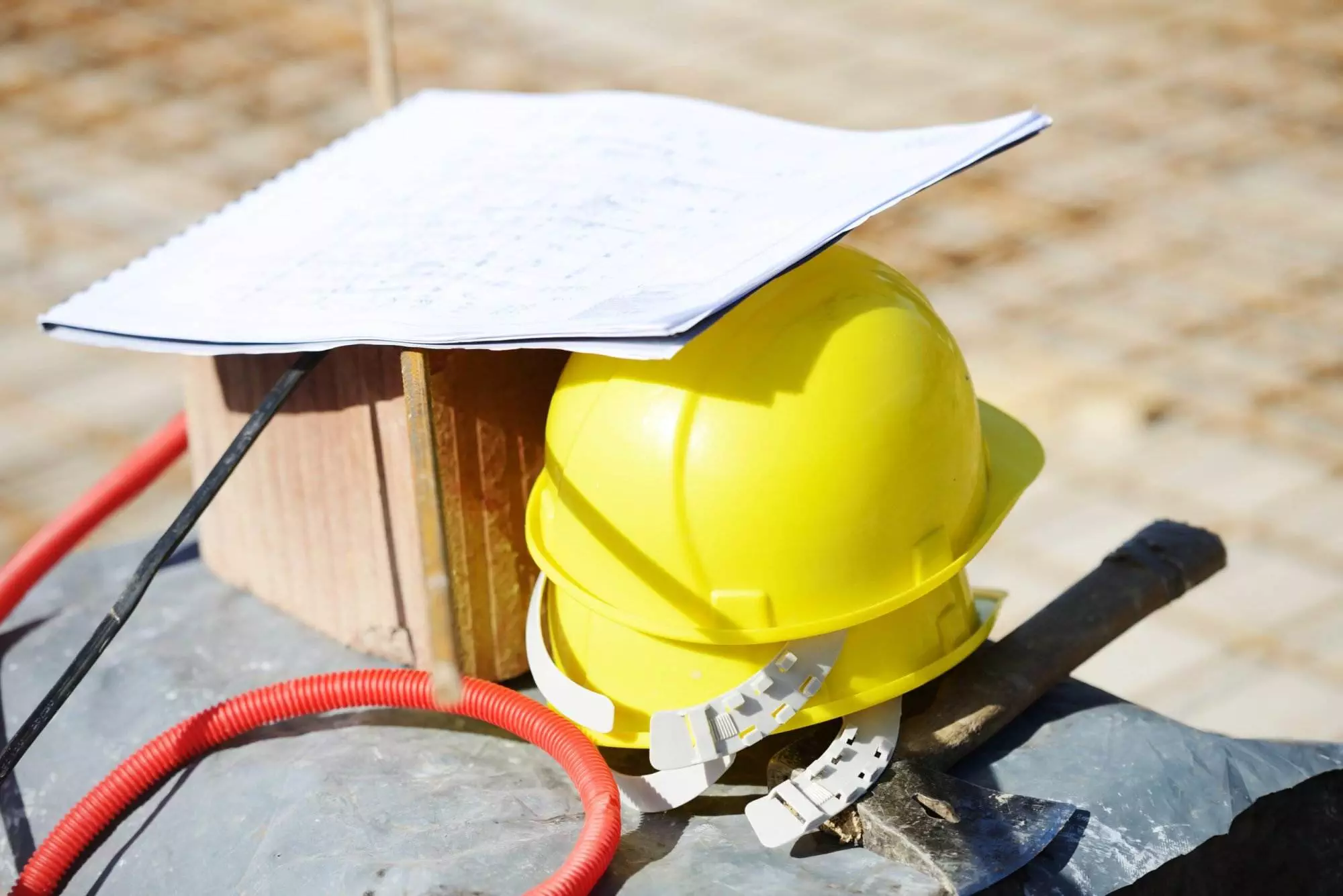Post-pandemic cleaning protocols have become a necessary part of our daily lives. As we transition from survival mode to sustainability, it’s essential to implement effective cleaning practices that will help us maintain good hygiene habits and keep ourselves safe from the spread of COVID-19. In this blog post, we’ll discuss how to create an efficient and sustainable cleaning routine for your home, as well as tips for deep cleaning high traffic areas.
Introduction to Post-Pandemic Cleaning Protocols
The pandemic has forced us to rethink our approach to cleanliness and sanitation. With the rise in cases of COVID-19, it’s crucial to understand the importance of effective cleaning practices. Regular disinfecting of surfaces, including doorknobs, countertops, and other frequently touched objects can help prevent the spread of germs. It’s also vital to wash hands regularly with soap and water or use hand sanitizer when entering or leaving a room. Understanding these basic principles is critical to implementing effective post-pandemic cleaning protocols.
Understanding the Importance of Effective Cleaning Practices
Effective cleaning practices go beyond just wiping down surfaces. We need to take into account the products we are using, the frequency of cleaning, and the methods employed. For instance, using green cleaning products that contain natural ingredients like vinegar, baking soda, and lemon juice can be more environmentally friendly while still being effective against viruses and bacteria. Additionally, creating a schedule for regular cleanings such as weekly or biweekly deep cleans can ensure that all areas of the house get attention. Finally, incorporating techniques like dusting ceiling fans, blinds, and light fixtures can reduce the buildup of dirt and debris.

How to Implement a Sustainable and Efficient Cleaning Routine at Home
Implementing a sustainable and efficient cleaning routine requires planning and organization. Start by dividing tasks into categories based on their frequency – daily, weekly, monthly, etc. Then assign specific days or times for each task. For example, you might decide to vacuum every day, mop floors once a week, and deep clean bathrooms once a month. You could even consider investing in smart home technology like robotic vacuums or air purifiers to automate some aspects of cleaning. Remember to prioritize high traffic areas like kitchens and bathrooms, which require more frequent cleaning due to increased exposure to germs.
The Best Products for Post-Pandemic Cleaning
When selecting cleaning products, look for those that are specifically designed for killing viruses and bacteria. Some examples include bleach-based cleaners, hydrogen peroxide solutions, and UV light disinfectants. Avoid harsh chemicals that may cause irritation or damage to surfaces or skin. Instead, opt for natural alternatives like vinegar, baking soda, and castile soap. These substances work effectively without causing harm to people or the planet.
Tips for Deep Cleaning High Traffic Areas in Your Home
Deep cleaning high traffic areas involves going above and beyond standard surface cleaning. Here are some tips for tackling these spaces:
Disassemble furniture and appliances to clean underneath them thoroughly
Use steam cleaners or shampoo carpets to remove embedded dirt and grime
Scrub walls and baseboards with a mixture of warm water and vinegar
Wash curtains and linens separately from clothing to avoid cross-contamination
Conclusion: Maintaining Good Hygiene Habits After COVID-19
Maintaining good hygiene habits after COVID-19 is critical to reducing the risk of transmission. By implementing effective post-pandemic cleaning protocols, we can protect ourselves and our families from illness. Continuing to practice proper handwashing, covering coughs and sneezes, and staying up-to-date on vaccines is equally important. Let’s continue to work towards building a healthier future together.

